When you think of Florida's beaches, you probably picture sunny skies and sparkling waters. But behind this paradise lies a history not so bright and sunny. In this article, we're taking a closer look at five of Florida's beaches with stories you might not have heard before.
From Miami Beach's years of racial segregation to Pensacola Beach's environmental woes due to military activities, these tales reveal the darker chapters of popular destinations.
Fort Lauderdale Beach's civil rights struggles, Panama City Beach's transformation from spring break haven to a city seeking change, and Cocoa Beach's overlooked indigenous history - each story offers a glimpse into the complex tapestry of Florida's coastal history.
So, let's cover these lesser-known narratives and see Florida's beaches in a new light.
5 Beaches With Troubling Histories
Each of these beaches has a story that goes beyond the usual beach fun. Let's find out what makes their pasts so interesting.
1. Miami Beach's History of Racial Segregation
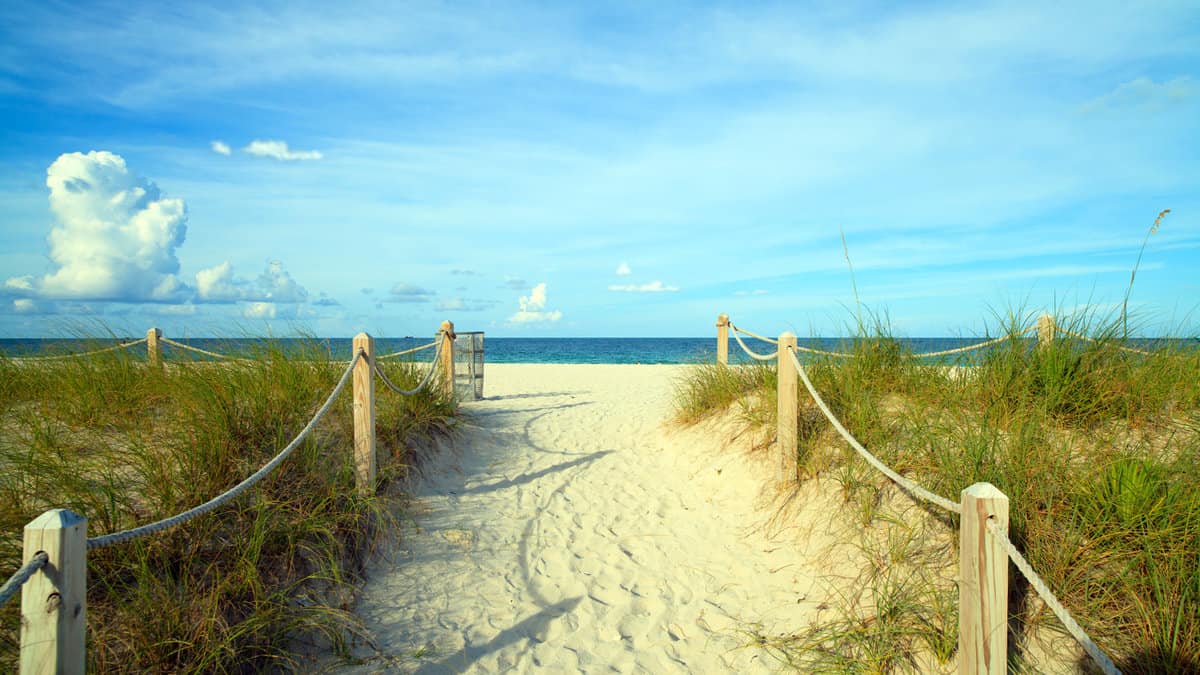
At Miami Beach, the past wasn't all sunshine. Imagine being denied a home because of your background – that was a reality for Jews, as Carl Fisher, the man behind Miami Beach, wouldn't sell to them.
Fast forward to the 1930s, and some hotels were advertising with lines like "Always a view, never a Jew." Only in 1947 did the city outlaw signs with "restricted" or "gentiles only." But the racial divide persisted.
In the 1950s, over 150 black pastors had to cancel hotel bookings due to bomb threats. And till the 1960s, interracial couples faced arrests for simply living together.
Entertainers like Josephine Baker and Joyce Bryant played a part in challenging these norms by insisting on performing for integrated audiences.
2. Pensacola Beach and Its Military Legacy
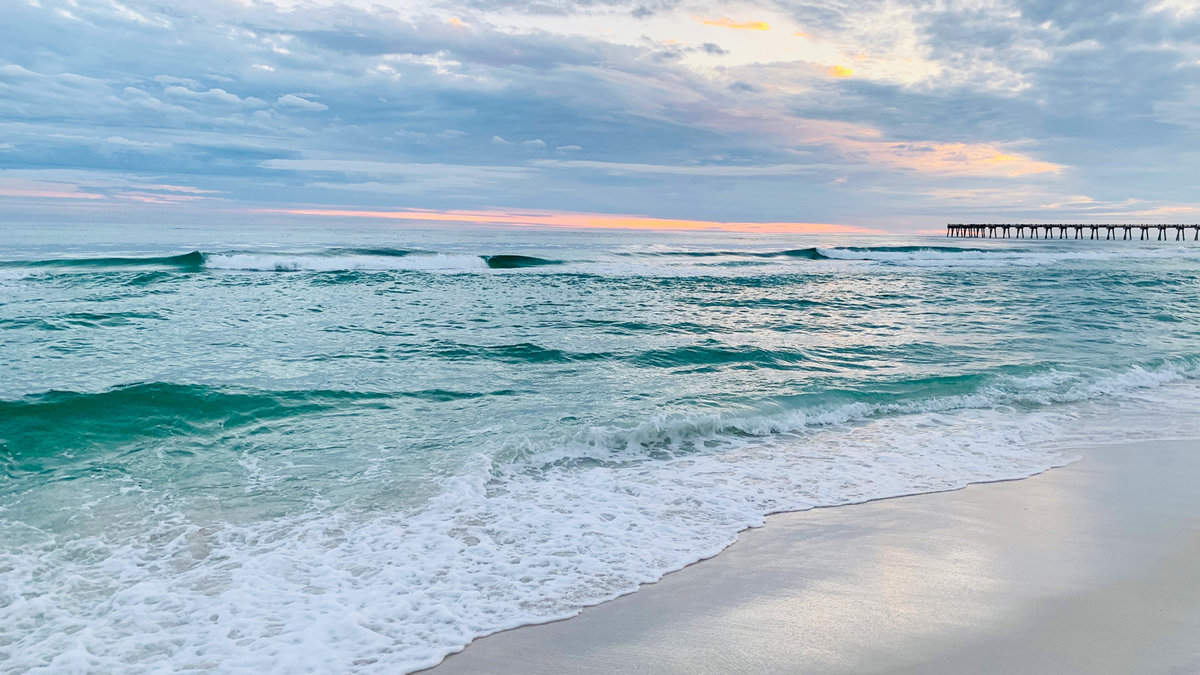
At Pensacola Beach, the military left more than just footprints in the sand. The waters and grounds here have been found to contain dangerously high levels of "forever chemicals" from at least 13 Department of Defense sites in the Gulf of Mexico, including Naval Air Station Pensacola.
We're talking about substances that can seriously harm fish, not to mention people who eat that fish. These chemicals, known as perfluoroalkyl and polyfluoroalkyl substances (PFAS), have been linked to nasty health issues like cancer and immune system problems.
Some spots have contamination levels hundreds of times above what's considered safe in states like California and Vermont.
While these chemicals are also found in everyday items, the concentrations from military activities are alarmingly high, reaching up to 877,000 parts per trillion in some areas – to put that in perspective, some states' safety standards are as low as 8 parts per trillion.
3. Fort Lauderdale Beach and Its Struggle for Equality
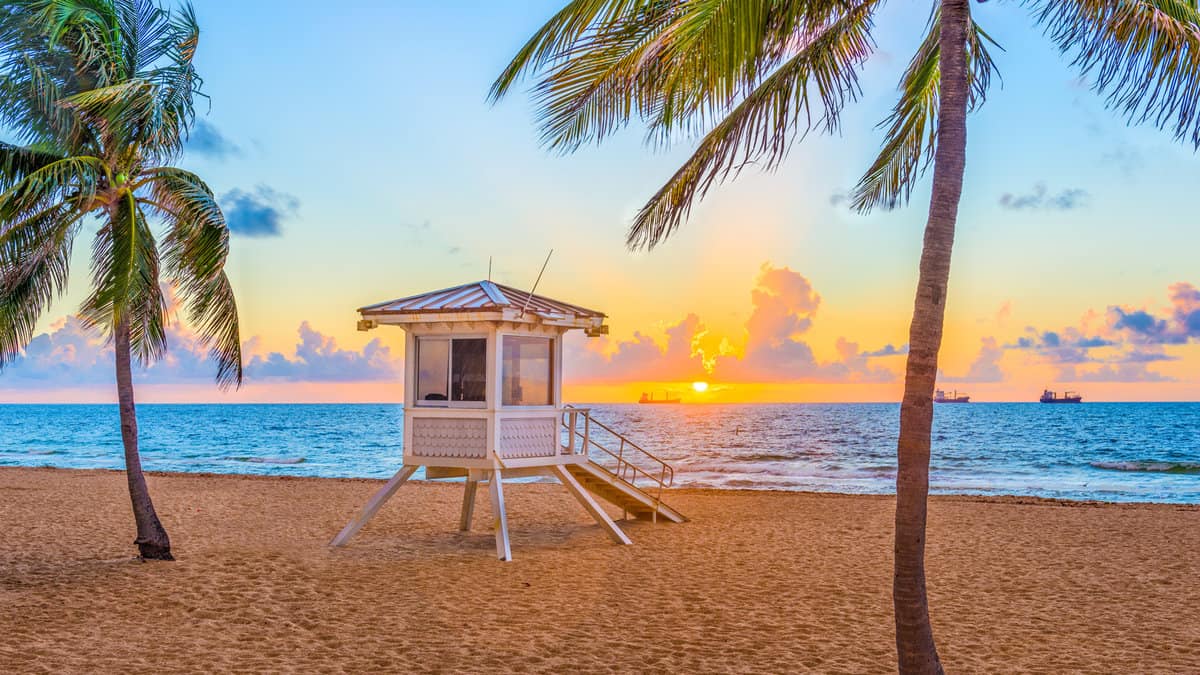
Picture Fort Lauderdale Beach in the 1960s; it was not just sun and sand but also a battleground for civil rights. African-American leaders like Eula Johnson and Dr. Von D. Mizell spearheaded wade-ins on July 4, 1961, challenging the beach's segregation.
Their bravery drew about 200 participants. The city pushed back, labeling these peaceful protests as public nuisances. Despite threats from white onlookers and even the KKK, these activists stood firm.
Their persistence paid off when, in 1962, a federal judge ruled against the city, desegregating Broward County's beaches. This victory was a stepping stone, leading to the eventual full desegregation of Florida's beaches and pools in 1964 with the Civil Rights Act.
4. Panama City Beach's Spring Break Saga
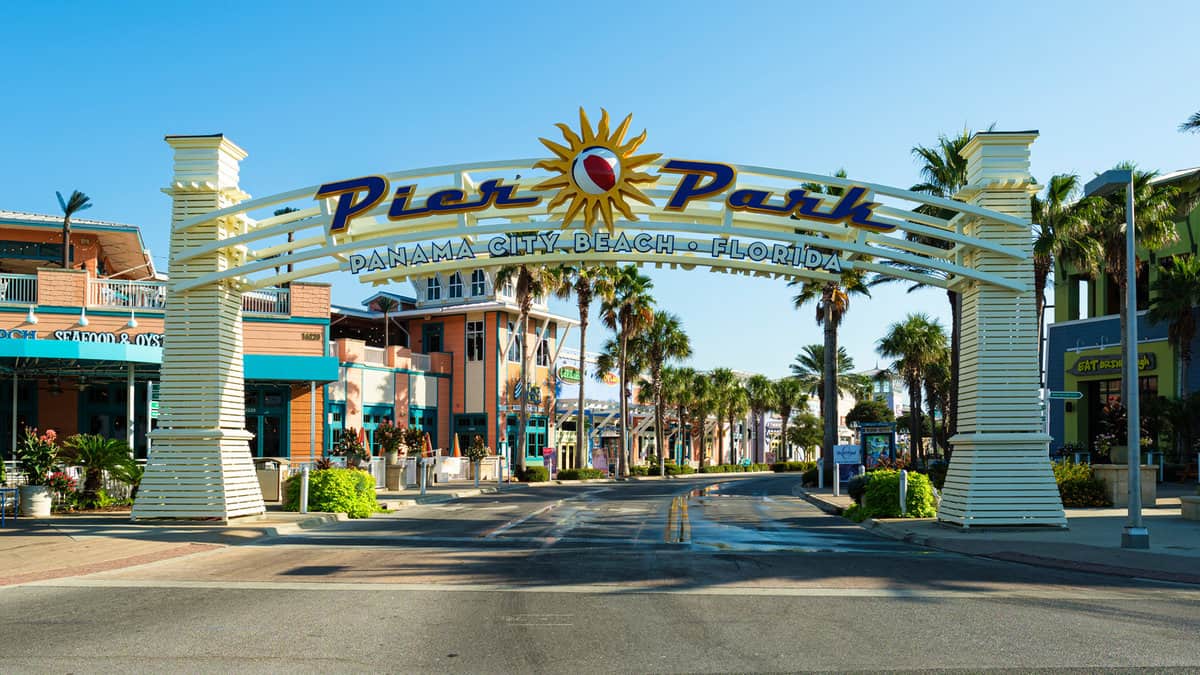
Now, let's turn to Panama City Beach, once a spring break paradise. In the 1990s, Panama City Beach eagerly filled that gap as Daytona Beach turned away from the spring break scene. This shift brought a flood of college students every March, turning the city into a party hotspot.
MTV and clubs like La Vela amplified this fame, attracting legends like Kenny Chesney. The economic impact was huge, with the local business community pulling in nearly $400 million during the spring break season.
But this wild party scene had a downside: it spiraled into something darker, leaving the city with a "black eye" that was hard to shake off. This realization eventually led to significant changes and marked the end of an era for Panama City Beach's spring break festivities.
5. Cocoa Beach and the Impact on Indigenous People
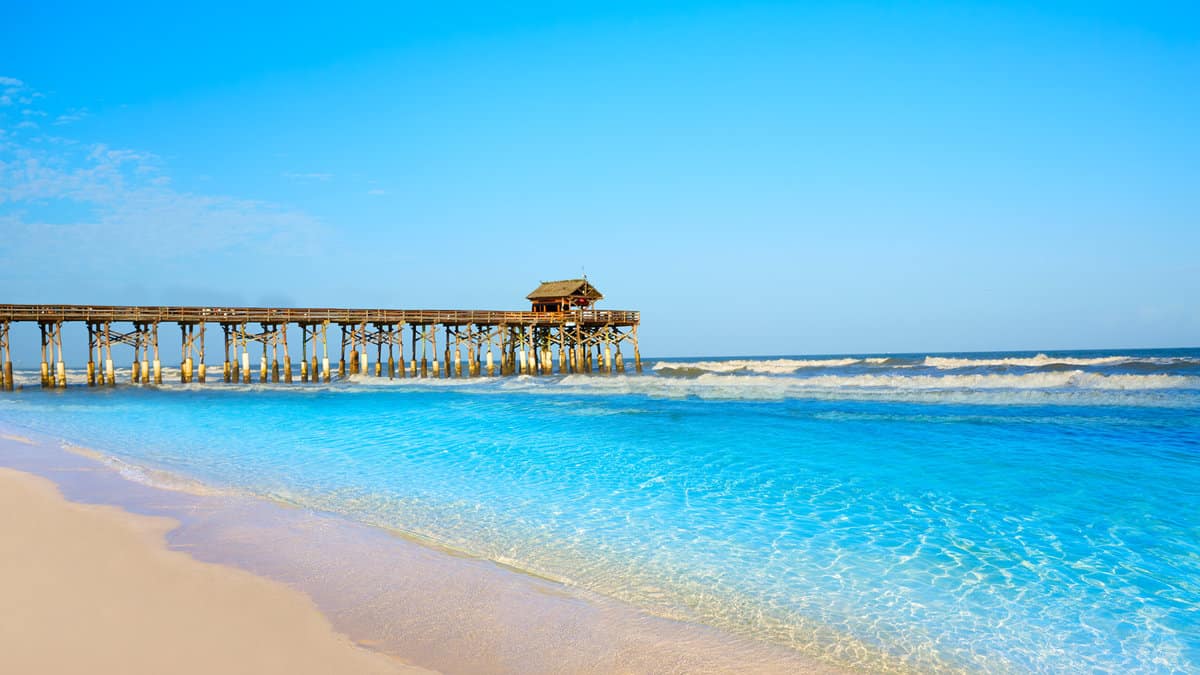
Cocoa Beach's history isn't just about rockets and resorts. The Ais people lived here long before, thriving for over 10,000 years. They were fishermen and gatherers living in harmony with nature. But when Europeans arrived, things took a dark turn.
The Spanish first met the Ais in the 16th century, and by the early 1700s, European settlers started raiding them, leading to a drastic decline in their population. By 1711, only 137 Ais remained.
Fast forward to the 20th century, military and space developments drastically transformed Cocoa Beach. The establishment of the Banana River Naval Air Station in 1939 and the missile-proving ground in 1949 marked significant changes.
These developments, while signaling progress, also signified the further loss of the Ais culture and their connection to the land.
Reflecting on Florida's Beach Histories
So there you have it, a different look at some of Florida's famous beaches. These spots aren't just for sunbathing and swimming; they're places where important history happened.
From fighting for civil rights to dealing with environmental issues, these beaches tell stories you won't find in tourist brochures. Next time you're at one of these beaches, you'll know there's more to it than meets the eye.
